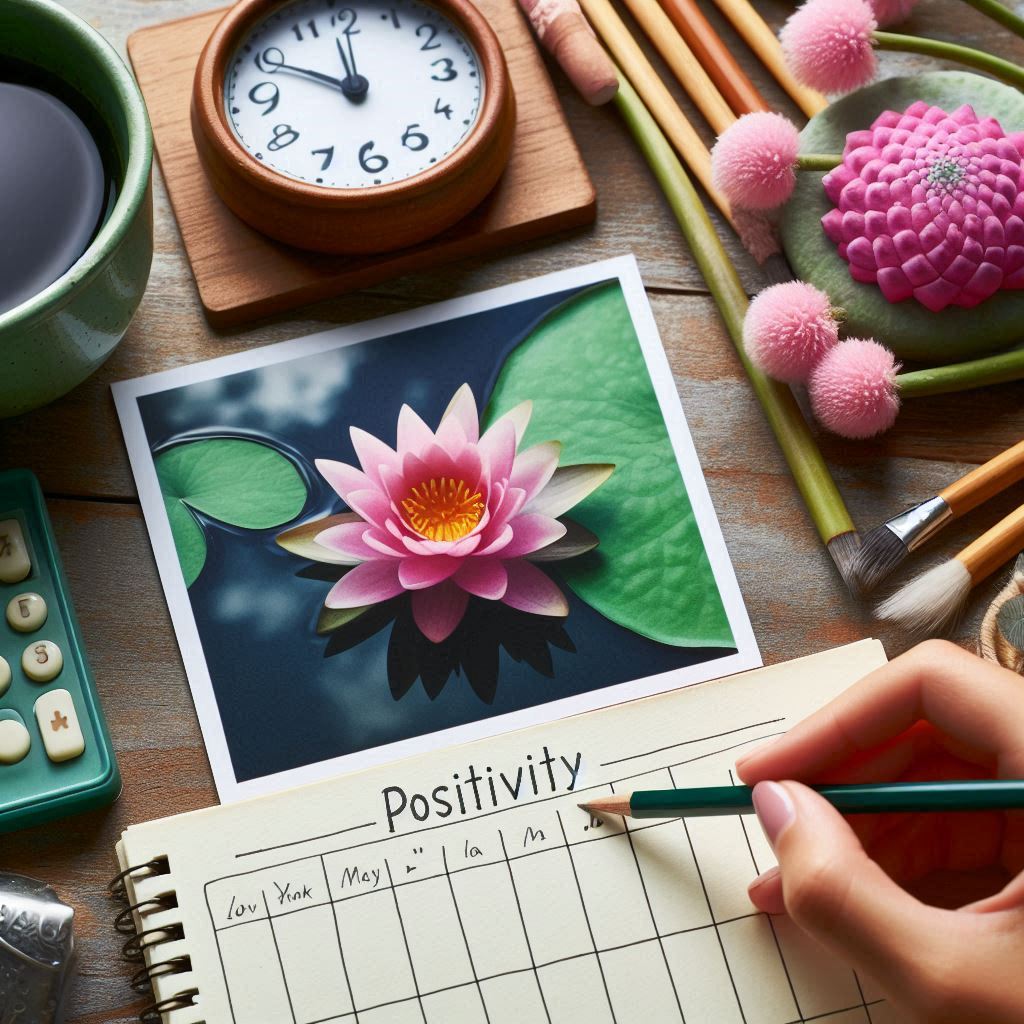Benefits of Mindful Everyday Activities
Engaging in mindful activities offers several advantages, including:
- Increased Awareness: Enhances your ability to notice thoughts, feelings, and sensations as they arise, creating greater self-knowledge and insight.
- Stress Reduction: Helps to alleviate stress by promoting relaxation and grounding in the present moment, preventing rumination about past or future.
- Improved Focus: Encourages concentration and reduces distractions, making tasks feel more manageable and increasing productivity.
- Enhanced Enjoyment: Allows individuals to savor experiences, leading to greater satisfaction and joy in daily life, even during routine activities.
- Better Emotional Regulation: Facilitates a deeper understanding of emotions, leading to healthier responses to stressors and challenging situations.

